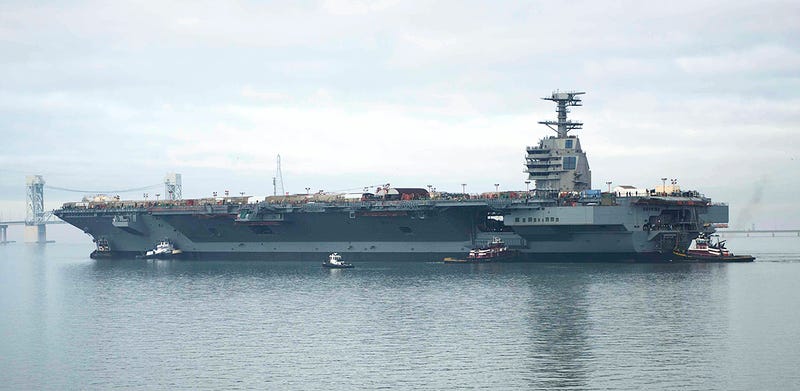
Concurrent Engineering is simultaneous development of different subsystems, technologies and manufacturing process of a product across suppliers. This iterative development process can accelerate time to market and lead to cost/performance optimization at a system level.
As we have discussed in the past, concurrent engineering is absolutely critical to fast-paced high-tech and electronics industries. Global competition means that companies cannot afford to wait for suppliers complete their development to start planning theirs. In fact, this trend is only accelerating.
However, concurrent engineering adds to product development complexity and makes management even more challenging. If leading-edge companies such as Toyota face challenges due to complexity, is it worth applying these methods to low volume products in industries such as Aerospace and Defense or to a lesser extent Medical Devices?
The great article The Pentagon’s ‘Concurrency Myth’ Is Now Available In Supercarrier Size suggests that concurrent engineering is not a good idea for long development cycle systems…
A U.S. Navy supercarrier, a gigantic weapon system, is the world’s largest and most expensive military combat vehicle. The U.S. builds maybe two a decade at best, and it is about the worst place imaginable to apply the concurrency myth.
The article has lots of interesting data for R&D managers and its worth a read (especially in the A&D industry). Here is my summary of challenges:
- Long development cycles
- Technology Uncertainty
- Complex interdependencies
- Integration challenges
- Changing customer requirements
Since it takes almost a decade to design and build a nuclear aircraft carrier, customer requirements are likely to change along the way. And since only a few of these systems are built and they have such a large service life, customers like to get as many new technologies inserted into the systems as possible. However, most technologies have a different development cycles, which may not align with the overall product development cycle. This means integrating these technologies becomes challenging.
All of these challenges were manifested in the carrier’s electromagnetic catapult for launching aircraft – EMALS:
EMALS is supposed to be smaller, lighter, and less complex than its steam counterpart, while providing greater forward thrust, and a larger launch envelope for significantly different aircraft weights. This will theoretically allow launches of fully laden fighters to relatively light weight unmanned aircraft.
In 2013, EMALS dismal record spoke for itself. 201 out of 1,967 launches had failed. That is over 10 percent of test launches.
The article has many such examples. However, I am not sure that concurrent engineering is the root cause of these challenges. High-tech and Electronics industries also face many of the same challenges: Technology Uncertainty, complex interdependencies, changing customer requirements etc. In addition, the fast development pace means they have even shorter time to perform validation testing.
Not using concurrent engineering will further stretch development cycles of complex systems. Iterative concurrent development is critical to success of most modern development. So, what potential approaches can R&D organizations engaged in complex multi-year development use to overcome concurrent engineering challenges?
- Implement disciplined processes and metrics to provide visibility into the development effort
- Setup top-down support for concurrent engineering
- Setup cross-functional teams and include suppliers and customers as appropriate
- Develop comprehensive plans and roadmaps that clearly describe different development cyles
- Use disciplined maturation gates (such as TRL) to align the development of all components
- Carefully plan for integration of technologies into products
- Integrate and test components multiple times during the development cycle
- Track requirements and make them available to all participants in the development-chain, so they can understand the impact of any change
- Tie risk assessment to requirements, and methodically mitigate risks during development
- Develop and manage alternate development paths to mitigate significant technology risks
Many of these solutions are well known, but are hard to implement. An integrated set of tools that can manage concurrent engineering from end-to-end can facilitate concurrent engineering and overcome most of these challenges. Click here to learn more…

3 thoughts on “
Is Concurrent Engineering Beneficial to Complex Systems?”